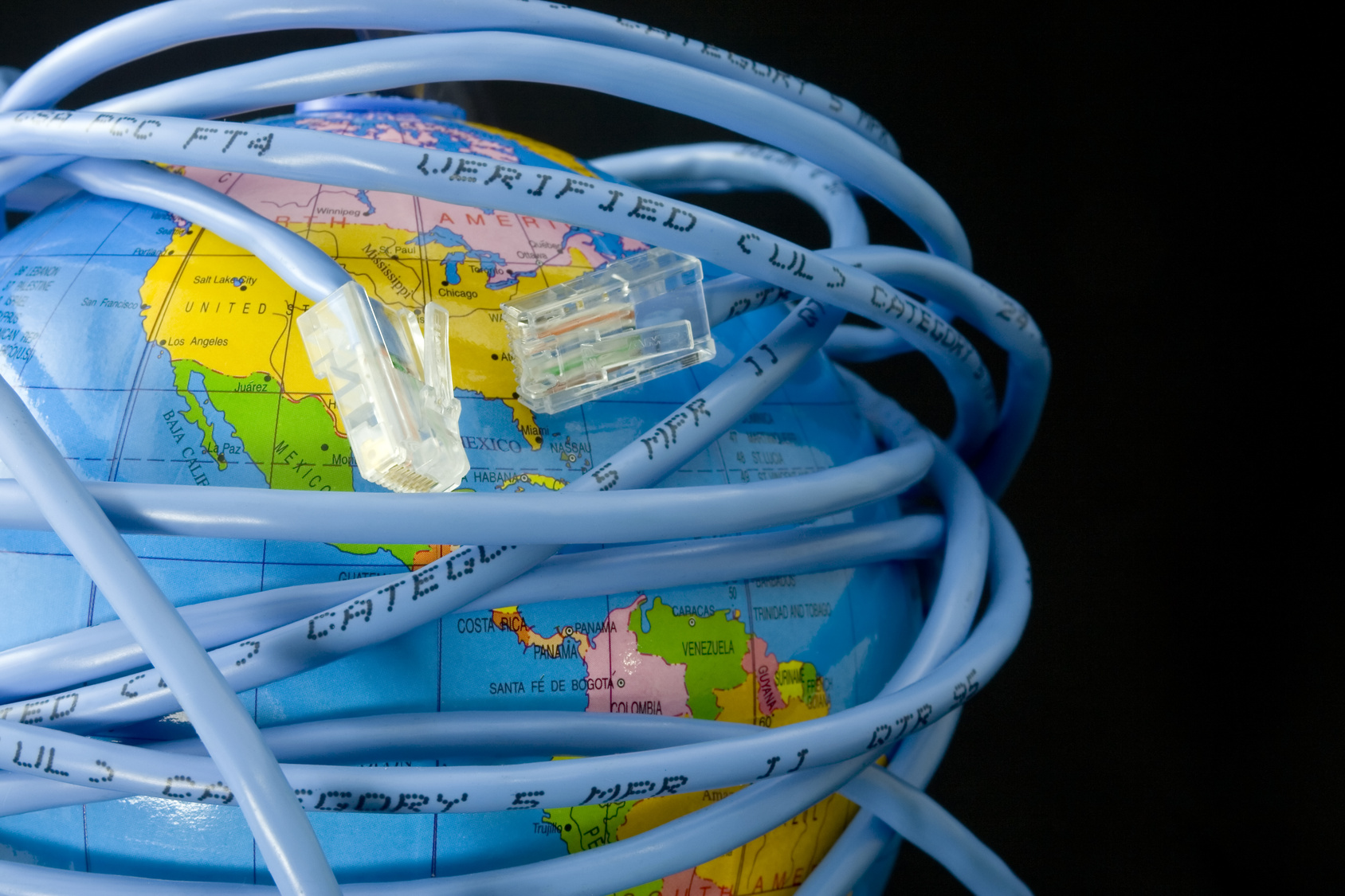Internet Traffic Patterns: They Are A Changing
, Posted in: Inspiration, Author: nleavitt (September 29, 2010)
 Thought I’d borrow some of the verbiage for the aforementioned headline from Bob Dylan’s iconic third studio album, released in 1964. I recently did a story for IEEE Computer on how the increasing practice of networking peering is changing Internet traffic patterns.
Thought I’d borrow some of the verbiage for the aforementioned headline from Bob Dylan’s iconic third studio album, released in 1964. I recently did a story for IEEE Computer on how the increasing practice of networking peering is changing Internet traffic patterns.
A few key points/thoughts:
Internet traffic has historically flowed through network service providers’ backbone networks to large networks – this is all changing, primarily because of peering – when networks directly connect to each other instead of paying upstream providers to carry and route their traffic.
Some other contributing factors – huge Internet portals (known as hypergiants) that carry large amounts of traffic; the growth of cloud computing; social networking; and wireless Internet access. And there are additional issues too – the growth of online video; a rise in ad-supported Internet content and the proliferation of exchange points (connections through which Internet service providers communicate data directly with one another).
In addition, peer-to-peer (P2P) communications are becoming a smaller portion of overall Internet traffic.
Right now, 30 large companies, some of which include Facebook, Google and Microsoft, generate about 30 percent of all Internet traffic. A Network Box analysis reported that five companies have also used much of the Internet’s bandwidth the past two years – YouTube (owned by Google), 10.2 percent; Facebook, 5 percent; Windows Update, 3.2 percent; Yahoo’s image server, 2.9 percent; and Google, 2.5 percent.
Arbor Networks did a study that analyzed global Internet traffic data collected by 110 regional networks, content providers, cable operators, and international transit backbone networks between July 2007 and July 2009. A key finding: the top 150 content companies generated 26 percent of all Internet traffic in July 2007; that figure doubled to 52 percent two years later.
Mobile data usage is also becoming a factor – Cisco reports that this traffic has been doubling annually for the past five years, faster than any other type of Internet traffic. By 2014, it will represent about 7.4 percent of all Internet traffic. Smart phones, tablet computers, and laptops with mobile broadband access are driving the migration from fixed to mobile. And this proliferation of new devices increases the number of mobile connections and contributes to Internet traffic growth.
So where’s it all heading? We’re seeing more direct traffic exchanges via peering and we’re also experiencing an aggregation of traffic in certain areas. And overall, as more devices of different types access the Internet and different types of global networks, the networks will need greater intelligence to handle, provide security for, and prioritize traffic. This challenge could be exacerbated in the years to come by an increase in machine-to-machine traffic.
As the Internet consolidates, will there still be room for innovation in underlying technology or will the Internet be controlled by a small handful of content sites?
Stay tuned.
Comments